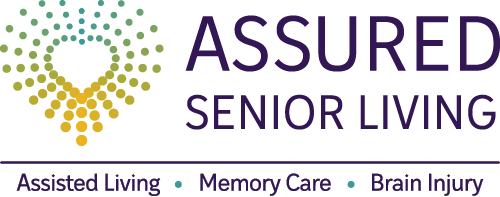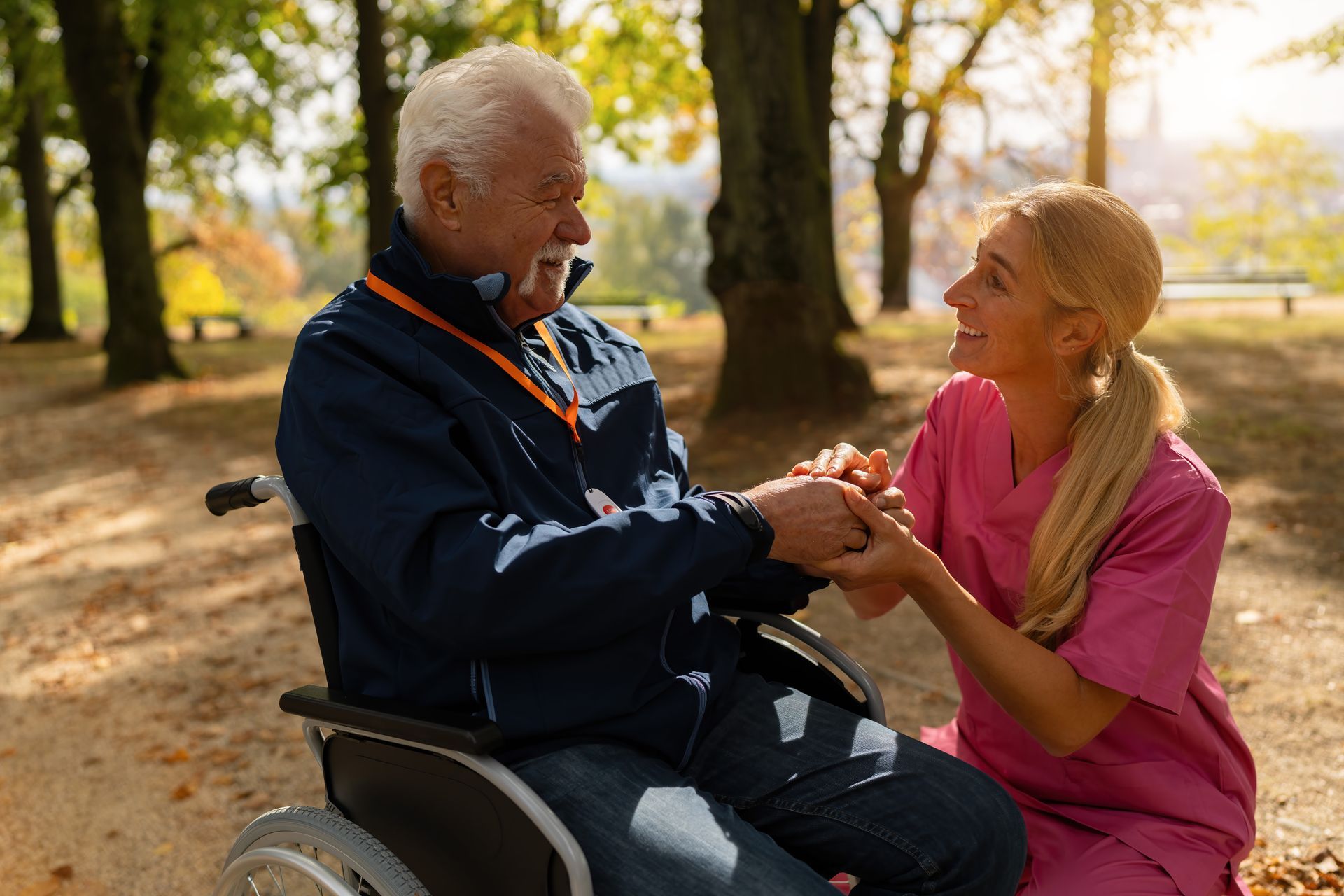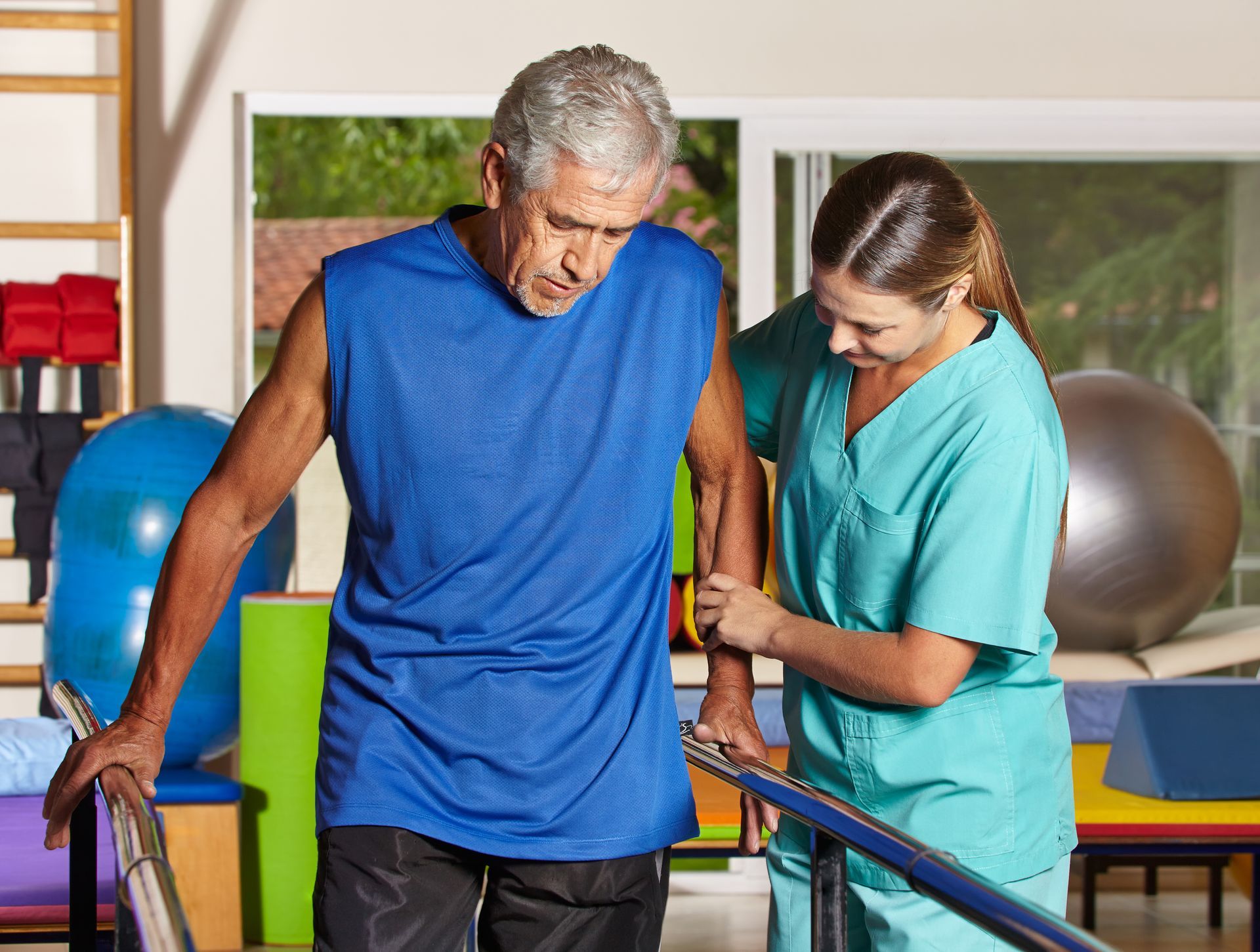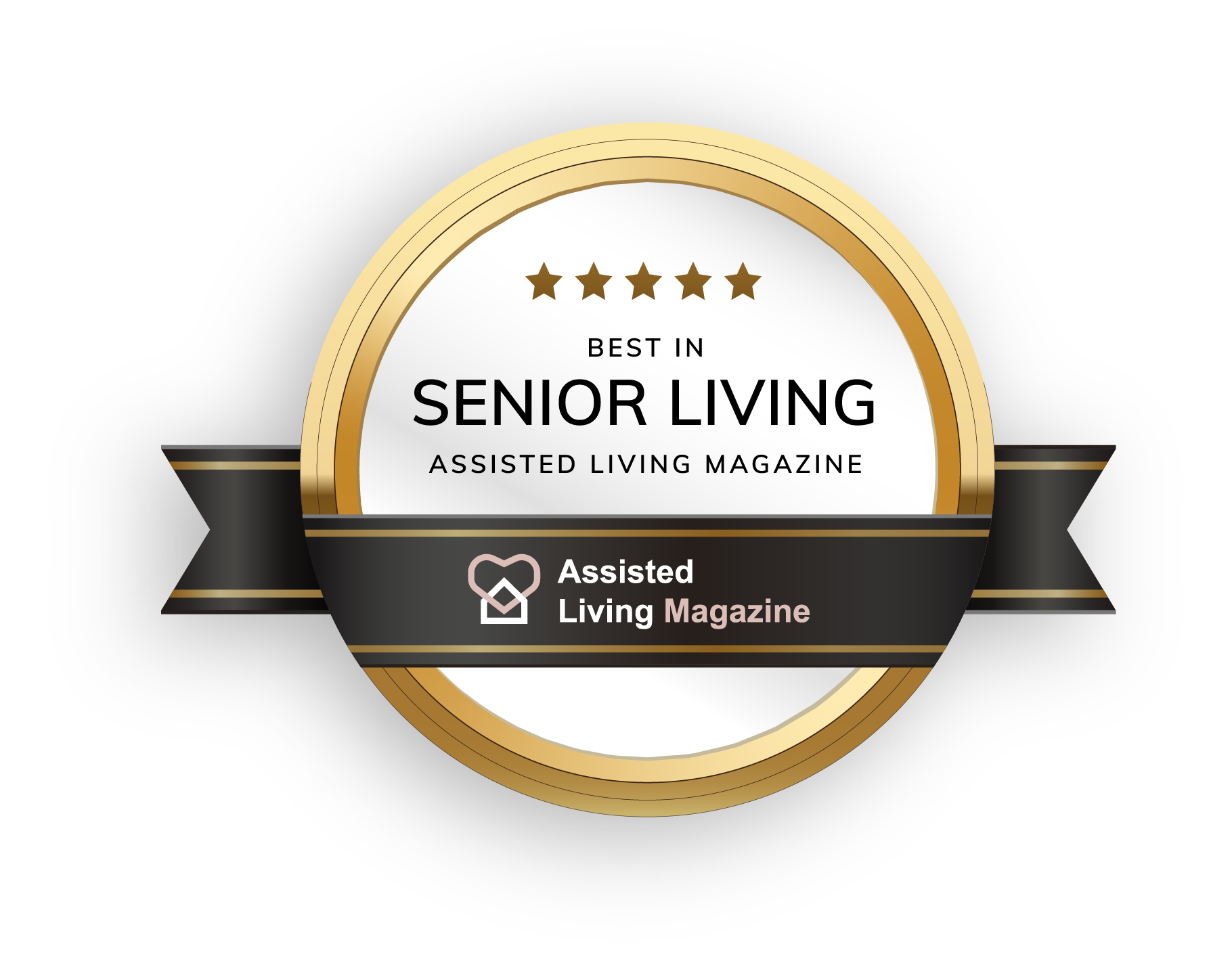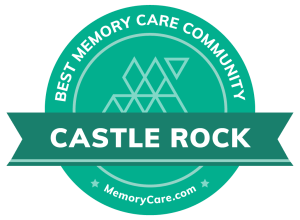Give us a call: (303) 814-2688
Email us on: francis@assuredal.com
BLOG
Alzheimer Late Stage Care
Understanding Alzheimer Late Stage Care
Providing care and comfort during the late stage of Alzheimer’s diseases
Alzheimer late-stage care can be a hard time for all involved. The late stage of Alzheimer’s disease and related dementias may last from several weeks to several years. Intensive, around-the-clock assistance is usually required.
A person with late-stage Alzheimer’s usually:
- Has difficulty eating and swallowing
- Needs assistance walking and eventually becomes bedridden or chair-bound
- Needs full-time help with personal care, including toileting
- Is vulnerable to infections and pneumonia
- Loses the ability to communicate with words
For the person with late-stage Alzheimer’s disease, it is important to focus on preserving quality of life and dignity. The person should always be treated with compassion and respect.
1. Body and skin
A person with late-stage Alzheimer’s disease can become bedridden or chair-bound. This inability to move around can cause skin breakdown, pressure sores and the freezing of joints.
To keep skin and body healthy:
Relieve body pressure
Change the person’s position at least every two hours to relieve pressure and improve skin moisture.
Make sure the person is comfortable and that their body is kept properly aligned. Use pillows to support arms and legs. To avoid injury to your loved one and yourself, see a health care professional about the proper way to lift and turn the person.
Keep the skin clean and dry
The person’s skin can tear or bruise easily. Use gentle motions and avoid friction when cleaning fragile skin. Wash the skin with mild soap and blot dry.
Check the skin daily for rashes, sores or breakdowns.
Protect bony areas
Use pillows or pads to protect elbows, knees, hips and other bony areas. If you use moisturizer on the
Person’s skin, apply it gently over bony areas; do not massage the lotion into these areas.
Prevent freezing of joints
Freezing of the joints (limb contractures) can occur when a person is confined to a chair or bed.
To maintain the person’s range of motion in the joints, carefully and slowly move his or her arms and legs two to three times a day. Do these exercises when the person’s skin and muscles are warm, like right after bathing. See a physical therapist to learn the proper method for range-of-motion exercises.
Call your local Alzheimer’s Association office to find a health care professional in your area.
2. Bowel and bladder function
A person with late-stage Alzheimer’s disease may experience incontinence for a number of reasons, including a urinary tract infection or fecal impaction. First, see the doctor to rule out any medical problems.
To maintain bowel and bladder function:
Set a toileting schedule
Keep a written record of when the person goes to the bathroom, and when and how much the person eats and drinks. This will help you verify the person’s natural toileting routine. If the person is not able to get to the toilet, use a bedside commode.
Eliminate drinks that have caffeine
Coffee, cola, tea and other drinks with caffeine tend to increase the flow of urine.
Limit liquids before bedtime
Limit liquids at least two hours before bedtime, but be sure to provide adequate fluids for the person to drink throughout the day.
Use absorbent and protective products
Adult briefs and bed pads at night can serve as a backup to the daytime toileting schedule.
Monitor bowel movements
It is not necessary for the person to have a bowel movement every day. If the person goes three days without a bowel movement, however, he or she may be constipated. It may help to add natural laxatives to the person’s diet, like prunes, or fiber-rich foods, such as bran or whole-grain breads.
3. Food and fluids
Everyone needs to eat nutritious foods and drink enough fluids to be healthy. But a person with late-stage Alzheimer’s may have trouble swallowing, which may cause food or drink to be breathed into the airway and lungs. This can lead to pneumonia.
To help the person eat and drink safely:
Keep surroundings quiet and calm
Serve meals away from the TV and other distractions.
If the person can eat at the table, use a simple setting with a plate or bowl, place mat, cup and utensils.
Allow enough time for meals
Mealtimes may last longer now. Allow at least one hour for meals. Don’t rush the person or force him or her to eat. Find out what the person prefers. He or she may do better with smaller meals or snacks throughout the day rather than three bigger meals.
Comfortably seat the person
Make sure the person is in a comfortable, upright position. To aid digestion, keep the person upright for 30 minutes after eating.
Adapt foods to the person’s needs
Choose soft foods that can be chewed and swallowed easily. The person may prefer bite-sized finger foods, like slices of cheese, tater tots or chicken nuggets. If he or she can no longer eat solid food, mash or puree it in a blender.
Encourage self-feeding Sometimes a person needs cues to get started. Lift the spoon to your mouth as a reminder of how it’s done. Or get the person started by putting food on the spoon, gently putting his or her hand on the spoon and guiding it to the person’s mouth.
Assist the person with feeding, if needed Offer food or drink slowly. Make sure it’s all swallowed before continuing. Alternate small bites of food, with a drink. You may have to remind the person to chew or swallow. Don’t put your fingers in the person’s mouth; he or she could bite down.
Encourage the person to drink fluids
The person may not always realize that he or she is thirsty and could forget to drink. If the person has trouble swallowing water, try fruit juice, gelatin, sherbet or soup. Check the temperature of warm or hot liquids before serving them to avoid burns.
Thicken liquids
Swallowing problems put a person with dementia at higher risk for choking. To make liquids thicker, add cornstarch or unflavored gelatin to water, juice, milk, broth and soup. Or buy food thickeners at a pharmacy or health care supply store. Try pudding or ice cream, or substitute milk with plain yogurt.
Monitor weight
While weight loss during the end of life is to be expected, it may also be a sign of inadequate nutrition, another illness or medication side effects. See the doctor to have weight loss evaluated.
Know what to do if the person chokes
Difficulty swallowing can lead to coughing and choking. Be prepared for an emergency, and learn the Heimlich maneuver. Check for classes at your local hospital or community center.
4. Infections and pneumonia
The inability to move around in late-stage Alzheimer’s disease can make a person more vulnerable to infections.
To help prevent infections and pneumonia:
Keep the teeth and mouth clean
Good oral health reduces the risk of bacteria in the mouth that can lead to infection. Brush the Person’s teeth after each meal. If the person wears dentures, remove and clean them every night.
Clean all soft tissues of the mouth
Use a soft toothbrush or moistened gauze pad to clean the gums, tongue and other soft mouth tissues. Doing this cleaning at least once a day helps prevent tooth decay and gingivitis (inflammation of the gums).
Treat cuts and scrapes immediately
Clean cuts with warm soapy water and apply an antibiotic ointment. If the cut is deep, seek professional medical help.
Protect against the flu and pneumonia
The flu (influenza) can lead to pneumonia (infection in the lungs). That’s why it’s vital for the person as well as the caregivers to get flu vaccines every year to help reduce the risk. Also, a person can receive a vaccine every five years to guard against pneumococcal pneumonia (a severe lung infection caused by bacteria).
5. Pain and illness
Promoting quality of life means keeping the person with late-stage Alzheimer’s disease comfortable.
This becomes more challenging for the caregiver in this stage because the person with the disease has more difficulty communicating his or her pain.
If you suspect pain or illness, see a doctor as soon as possible to find the cause. In some cases, pain medication may be prescribed.
To recognize pain and illness:
Look for physical signs
Pale skin tone; flushed skin tone; dry, pale gums; mouth sores; vomiting; feverish skin; or swelling of any part of the body can indicate illness.
Pay attention to nonverbal signs
Keep track of the person’s gestures, spoken sounds and the expressions on his or her face (wincing, for example) that may signal pain or discomfort.
Be alert to changes in behavior
Anxiety, agitation, shouting and sleeping problems can all be signs of pain.
6. Personal connection
Because of the loss of brain function, people with late-stage Alzheimer’s disease experience the world through their senses. While you may not be able to communicate with the person through words, you can use many other ways to show the person reassurance and love.
To keep the personal connection:
Comfort the person with touch
Touch can be a powerful connector. Hold your loved one’s hand. Give a gentle massage to the hands, legs or feet. Give a kiss. Gently brush his or her hair.
Stimulate the senses
The person may find joy in the smell of a favorite perfume, flower, food or scented lotion. He or she may enjoy how it feels to stroke a beloved pet or fabrics with different textures. If the person can walk with assistance or uses a wheelchair, he or she may benefit from going outside to see a garden or watch the birds. You can also place the person in a spot where he or she can gaze out the window; avoid places where sunlight is too bright or too warm.
Use your voice to soothe
It doesn’t matter so much what you say it’s how you say it. Speak gently and with affection. Your tone can help the person feel safe and relaxed.
Play music and videos
Choose music your loved one enjoyed when he or she was young. Or use music related to the person’s ethnic or spiritual background. Videos can also be relaxing. Choose one with scenes of nature with soft, calming sounds.
Read to the person
The tone and rhythm of your voice can be soothing, even if the person does not understand the words. Read a favorite story, poem, spiritual passage or blessing.
Reminisce and share
Fill a box with photographs and other items that represent the person’s interests, favorite activities or past work or military history. Have the person take out an item and share with him or her a story about the item. Examples include a family photograph from a favorite vacation, a holiday recipe card with a traditional family dish or a military medal.
7. Residential care
By the time your loved one reaches late-stage Alzheimer’s disease, you have likely been caring for him or her for many years. During this time, challenges may arise that lead to moving a person to a residential care setting.
The amount of time needed to care for the person is one reason for deciding to make the move to a new care setting. A person with late stage Alzheimer’s disease often requires 24-hour assistance. This round-the-clock care can be too difficult, especially for a sole caregiver.
If you are thinking about moving your loved one to a long-term care setting, call your local Alzheimer’s Association office. Our staff can answer your questions, refer you to support groups and help you through the transition.
Š 1996 Alzheimer’s Association. All rights reserved. Reprinted 2005.
This is an official publication of the Alzheimer’s Association but may be distributed by unaffiliated organizations and individuals. Such distribution does not constitute an endorsement of these parties or their activities by the Alzheimer’s Association.
1005005 ED311Z
The Alzheimer’s Association, the world leader in Alzheimer research, care and support, is dedicated to finding prevention methods, treatments and an eventual cure for Alzheimer’s.
For reliable information and support,
Contact the Alzheimer’s Association:
1.800.272.3900
10 Quick Tips
Caring for a person with late-stage Alzheimer’s disease
- Focus on what the person can still do and enjoy
- Learn how to safely lift and move the person
- If the person refuses to eat, find out why
- Use a bendable straw to help encourage drinking
- Ask the doctor if a food supplement is needed
- If the person is losing weight, contact the doctor
- Get help from family and friends or professional home care nurses or aides
- Encourage the person to interact with loved ones
- Use sights, sounds, smells and touch to communicate
- Treat the person with compassion and respect sensitive
This article provides guidance, but is not meant to replace doctors’ advice. Consult your doctor about any changes in condition or other similar concerns.

All Rights Reserved | Assured Senior Living
